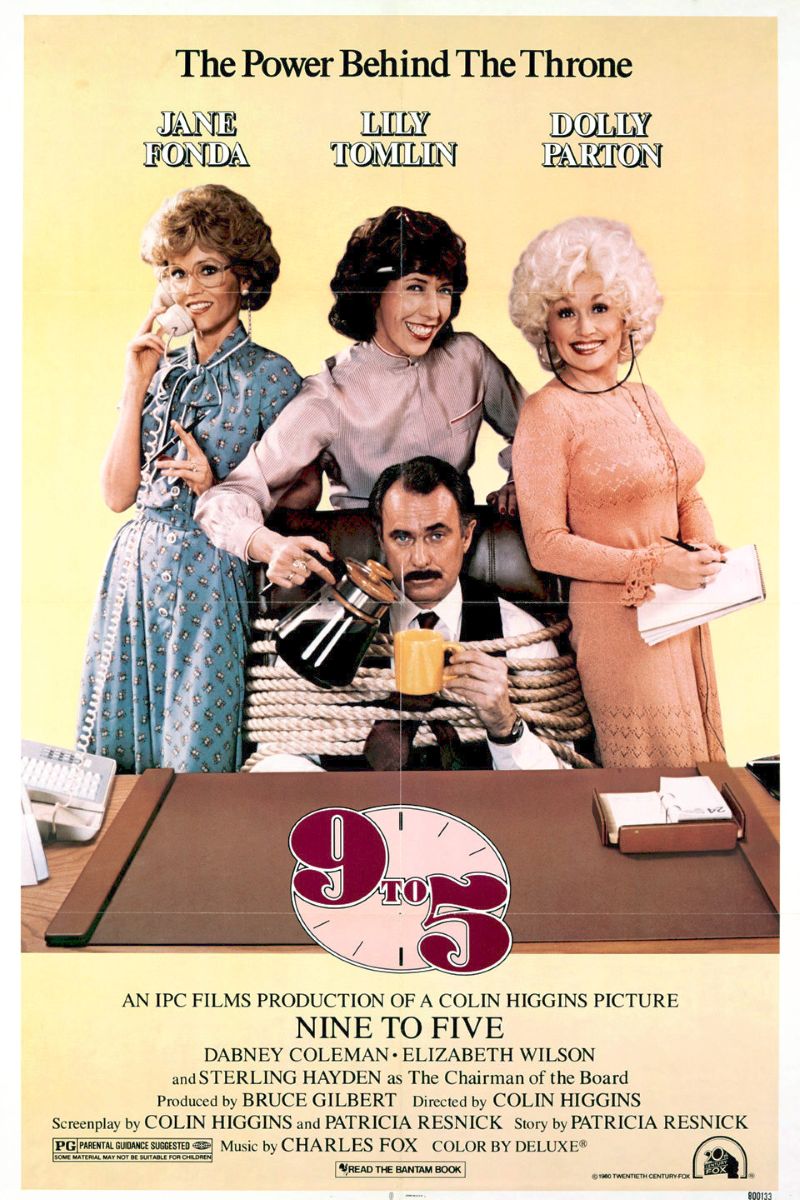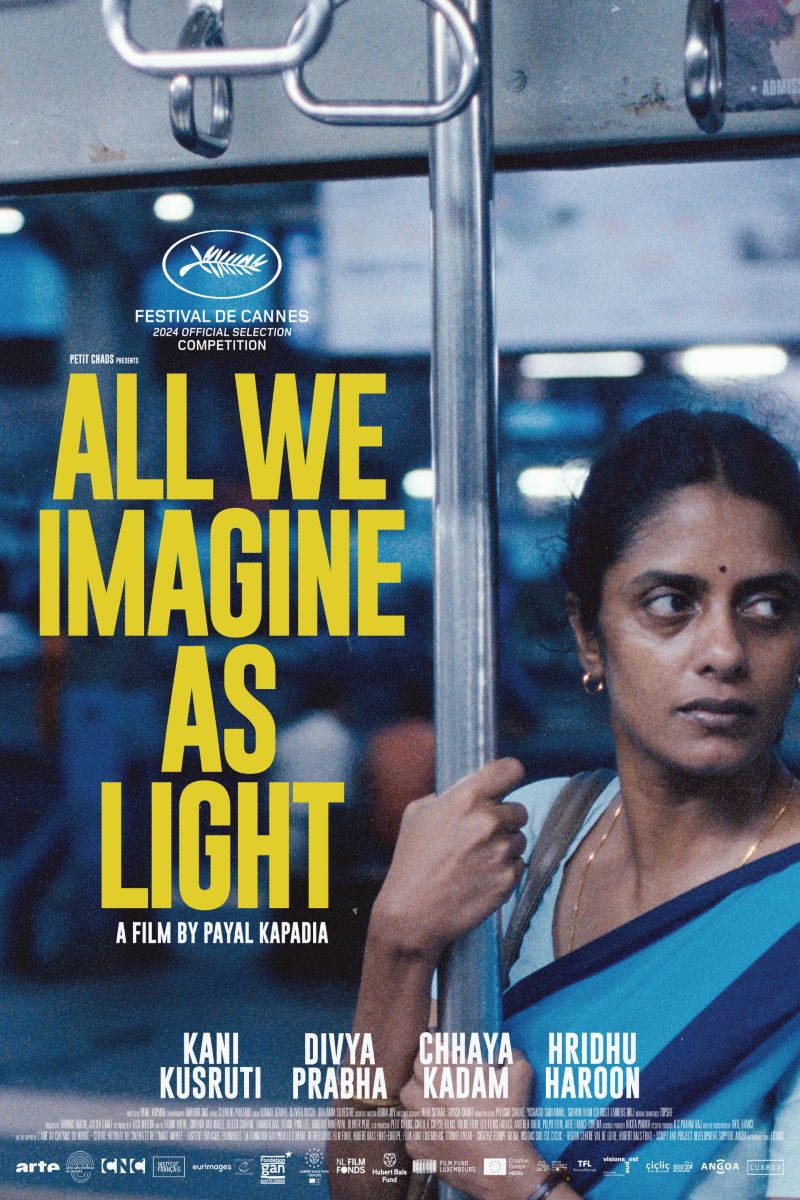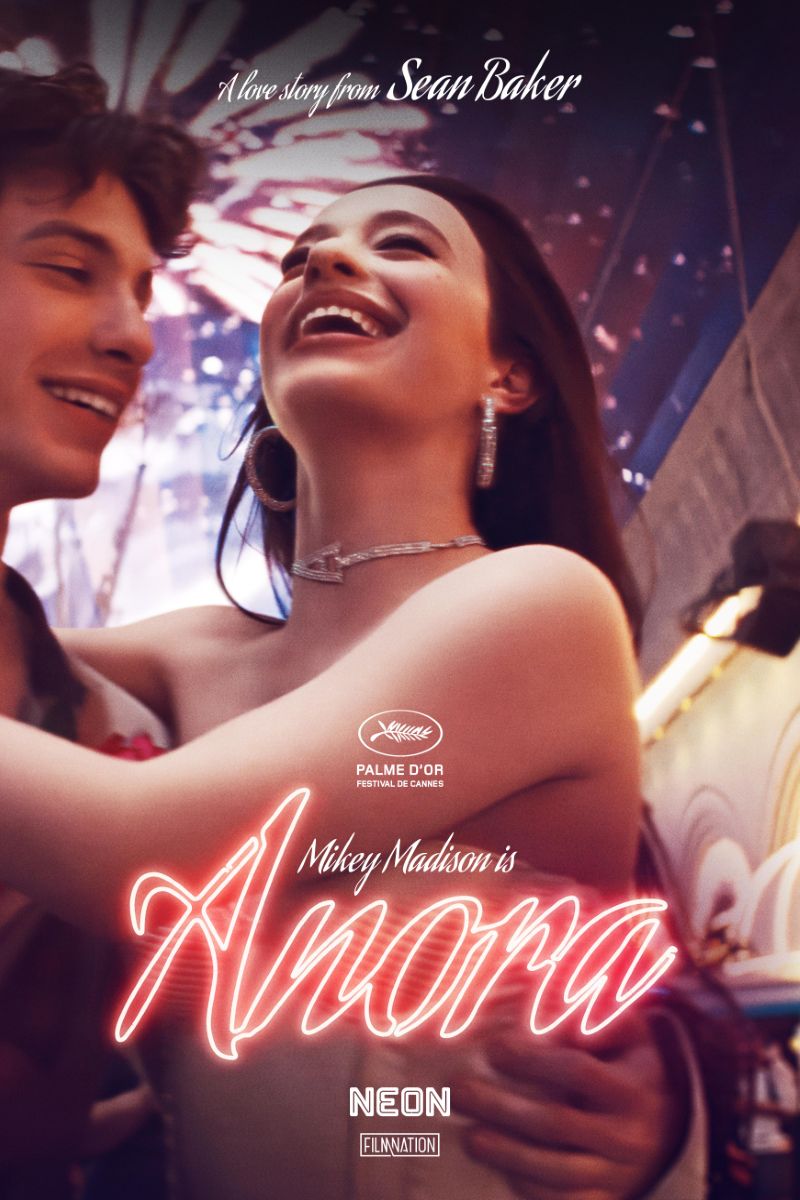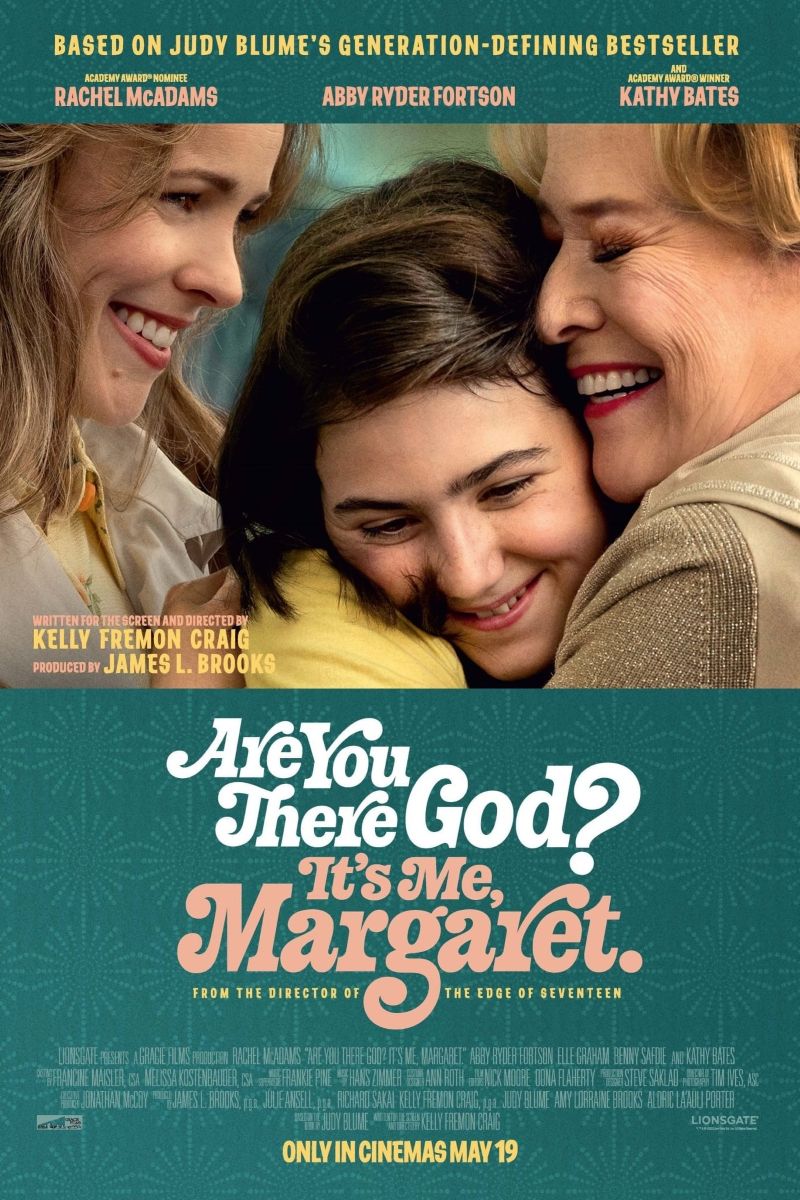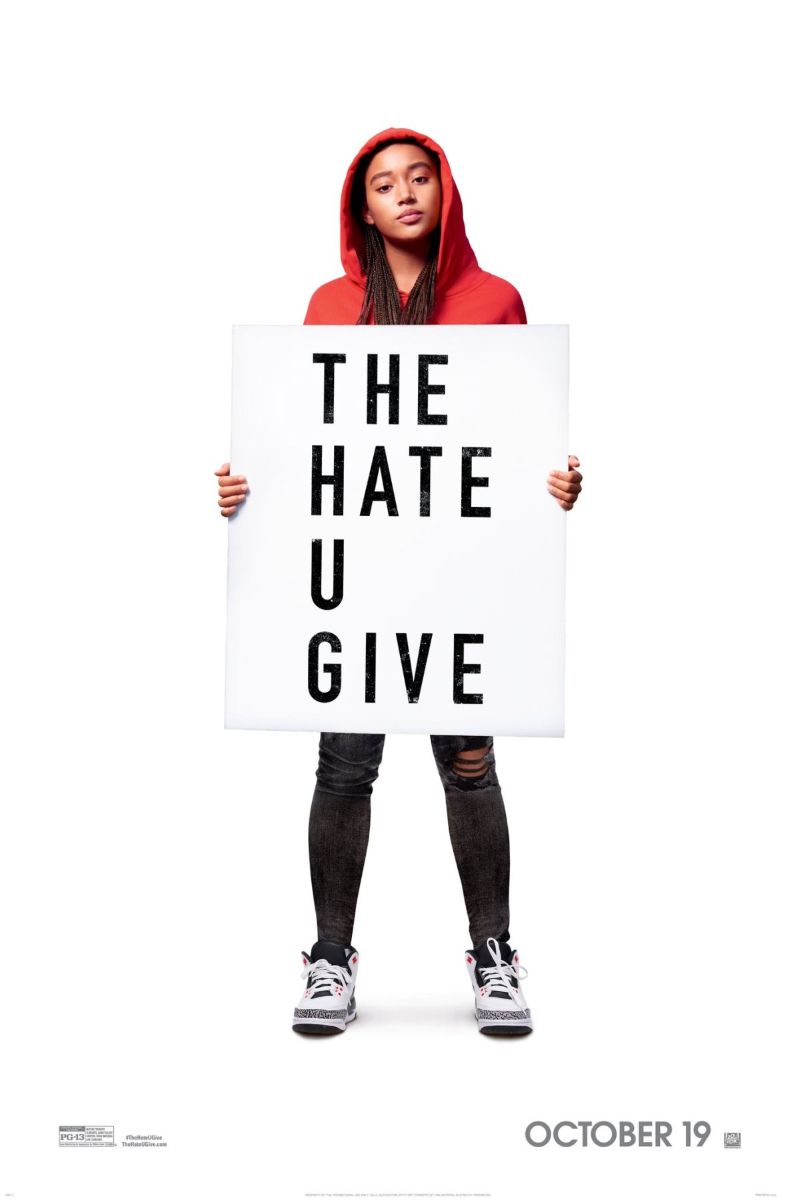
The Hate U Give
The Hate U Give
Adapted from Angie Thomas's bestselling novel, follows 16-year-old African American girl Starr's journey from silence to voice after witnessing her friend Khalil being shot by police. This coming-of-age drama deeply explores police violence, systemic racism, Black women's voices and agency, and young women's awakening and growth in social justice movements.
Cast
Related Topics
🎥 Film Analysis & Review
The Hate U Give is a social justice film directed by George Tillman Jr., adapted from Angie Thomas’s groundbreaking novel, that deeply explores intersectional oppression of race and gender, police violence, systemic racism, and the unique role of Black women in social justice movements through the awakening journey of 16-year-old African American girl Starr Carter (Amandla Stenberg) after witnessing her friend Khalil’s shooting by police. This film serves not only as a powerful response to the Black Lives Matter movement but as a profound portrayal of young Black women’s political consciousness awakening and social participation.
From an intersectional race and gender perspective, Starr’s identity embodies the complex predicament Black women face. As a young woman living in a poor Black community but attending a wealthy white private school, she must engage in “code-switching” between two vastly different worlds. At Williamson Prep, the white school, she must adjust her language, behavior, and presentation to meet white mainstream cultural expectations; within her family and community, she must maintain connections to her racial and class background. This dual identity negotiation process demonstrates survival strategies of Black women under the double marginalization of race and gender.
The film’s presentation of intersectional feminism particularly manifests in Starr’s special position as the sole witness to the incident. She must not only face the trauma of losing a friend but also bear potential threats and questioning that Black female witnesses might encounter. Society’s distrust of Black women’s testimony, media stigmatization of Black victims, and legal system bias all constitute obstacles on her path to speaking out. However, it’s precisely this multiply marginalized identity that grants her unique perspective and moral responsibility.
From a Black feminist perspective, the film demonstrates Black women’s leadership role in anti-racist struggles. Starr’s growth process from silence to voice embodies how Black women politicize personal experiences to drive social change. Her testimony before the grand jury, speeches at protest activities, and confrontation of racist remarks at school all demonstrate young Black women’s political agency. This portrayal challenges stereotypes that view Black women merely as victims, highlighting their positive role as change agents.
The film’s portrayal of political consciousness awakening carries profound feminist significance. Starr transforms from a teenager trying to maintain balance between two worlds into a conscious social activist. This transformation isn’t sudden but gradually achieved through a series of specific events and personal reflections. She begins questioning her previous silence, recognizing the political consequences of personal choices, and ultimately choosing to speak out for justice. This political awakening process embodies the “consciousness-raising” concept in feminist pedagogy.
From a social movements perspective, the film demonstrates young women’s important role in contemporary social justice movements. Starr not only participates in protest activities but more importantly provides moral foundation for movements through her voice and story. Her testimony and public statements become catalysts for community action. This portrayal reflects the real role of young female activists in contemporary social movements, from Black Lives Matter to climate justice movements.
The film’s exploration of youth rights carries important significance. As a minor, Starr’s voice is often ignored or manipulated by adults. Police, lawyers, and media all attempt to shape her narrative to serve their respective purposes. The film shows how she insists on her truth under adult pressure, embodying young people’s struggle for voice and participation rights. This portrayal provides important insights for understanding contemporary youth social participation.
From an anti-sexual violence perspective, though Khalil’s death isn’t a direct result of sexual violence, the film reveals structural connections between police violence and gendered violence. Black bodies are viewed as threats in white supremacist systems, and this threatening process shares similarities with the gendering process of female bodies. As a Black woman, Starr’s body simultaneously carries racial and gender vulnerabilities.
The film’s critique of media representation carries profound feminist significance. Mainstream media attempts to portray Khalil as a “thug,” using his past drug dealing to justify police violence. Starr challenges this stigmatization through her own narrative, showing the real Khalil—a young man forced into drug dealing to care for his sick mother. This oppositional narrative embodies the “counter-narrative” concept in feminist media criticism.
From a cultural identity perspective, Starr’s growth process is also one of reconnecting with her cultural roots. She begins cherishing her life in the Garden Heights community more, understanding the community’s complexity and resilience. She learns not to feel ashamed of her origins but to view them as sources of strength. This awakening of cultural pride is an important component of her political consciousness development.
The film’s portrayal of family dynamics also carries gender dimensions. Starr’s mother Lisa (Regina Hall), as a nurse and mother, seeks balance between protecting her family and supporting her daughter’s voice. Father Maverick (Russell Hornsby), a former gang member now serving the community, efforts reflect complex strategic choices Black families face when confronting systemic oppression.
From an economic justice perspective, the film shows how poverty interweaves with racial oppression. Khalil deals drugs not due to moral failing but economic necessity—he needs money to pay for his mother’s medical expenses. This portrayal challenges mainstream narratives that moralize poverty and crime, revealing structural inequality’s root causes.
The film’s portrayal of educational inequality also deserves attention. The elite education Starr receives at Williamson Prep contrasts sharply with the resource scarcity her community friends face. Her classmates’ ignorance and privilege regarding racial issues reflect how educational segregation perpetuates social inequality.
From trauma and healing perspectives, the film shows how Black women process racial trauma. Starr must handle not only personal pain from losing a friend but also the community’s collective trauma. She processes trauma through voice and action, and this active coping demonstrates Black women’s resilience traditions.
The film’s title comes from Tupac’s explanation of his “Thug Life” tattoo—“the hate you give little infants fucks everybody.” This concept emphasizes how systemic injustice transmits through generations while also suggesting possibilities for breaking this cycle through education and consciousness awakening. Starr’s story embodies such cycle-breaking efforts.
From performance perspectives, Amandla Stenberg’s excellent performance infuses the character with complexity and authenticity. She successfully presents Starr’s transformation from silence to voice, with each stage filled with internal struggle and growth. This performance is not only a technical achievement but also political action, opening new possibilities for young Black women’s representation on screen.
The film’s social impact transcends entertainment realms. It becomes a catalyst for discussions about racial issues in schools, communities, and families, providing common reference points for cross-racial dialogue. Many viewers report experiencing emotional shock and political awakening during viewing, demonstrating film’s power as a social education tool.
Ultimately, The Hate U Give’s value lies in providing a powerful platform for young Black women’s voices and experiences. Through Starr’s story, the film shows how personal trauma transforms into political action, silence transforms into voice, and fear transforms into courage. In a society continuing to face racial injustice, this transformation process provides hope and insight for all facing oppression. The film reminds us that true change often begins with individuals’ brave choices, and young women’s voices hold irreplaceable power in promoting social justice.
🏆 Awards & Recognition
- • NAACP Image Award Outstanding Actress
- • Teen Choice Award Best Drama Actress
- • NAACP Image Award Best Motion Picture
- • MTV Movie Award Best Performance in a Social Issue Film
⭐ Ratings & Links
Related Recommendations
Comments & Discussion
Discuss this video with other viewers
Join the Discussion
Discuss this video with other viewers
Loading comments...
